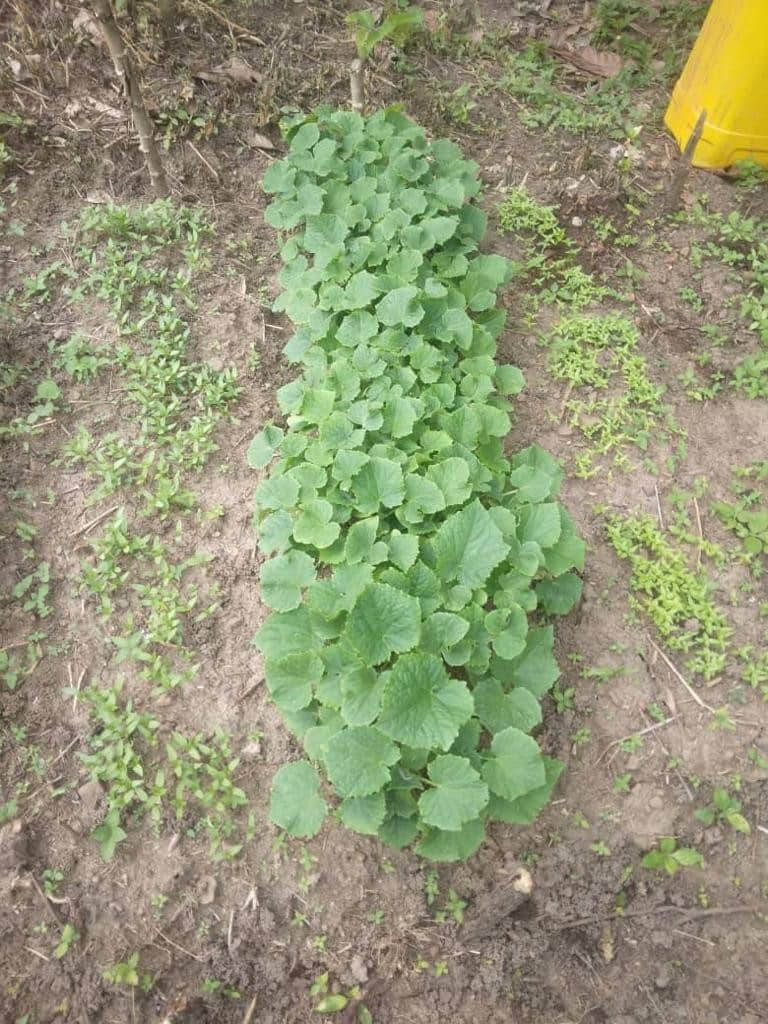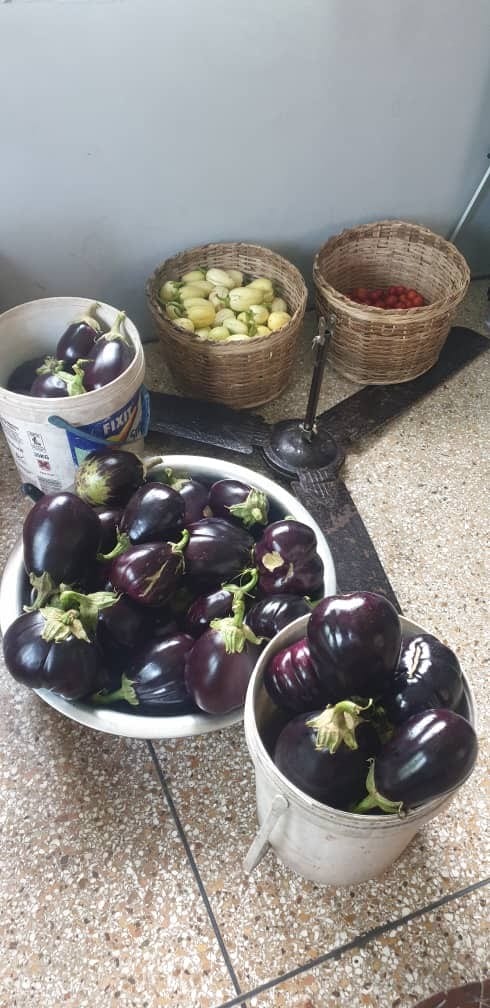Ready to start your vegetable garden? This comprehensive guide has everything you need to know, from choosing the right plants to maintaining a thriving garden.
This comprehensive guide will provide you with all the information you need to know, from selecting the perfect plants for your garden to maintaining a thriving and bountiful harvest. Whether you’re a seasoned gardener or a beginner, this guide will help you create a successful vegetable garden that will provide you with fresh and nutritious produce all season long.
Determine the Right Location for Your Garden.
The first step in starting your vegetable garden is to determine the right location for it. Choose an area in your yard that receives at least six hours of direct sunlight each day. Most vegetables need plenty of sunlight to grow and thrive. Additionally, make sure the location has good drainage to prevent waterlogging. Avoid areas that are prone to flooding or have poor soil quality. Once you have identified the perfect spot, mark it out and prepare the soil for planting.
Prepare the Soil for Planting.
Before you start planting your vegetables, it’s important to prepare the soil to create optimal growing conditions. Begin by removing any weeds or grass from the area. Use a garden fork or tiller to loosen the soil and break up any clumps. This will help improve drainage and allow the roots to penetrate the soil more easily. Next, add organic matter such as compost or well-rotted manure to enrich the soil and provide essential nutrients for your plants. Spread a layer of the organic matter over the soil and use a garden rake to mix it in thoroughly. Finally, smooth out the soil surface and remove any large rocks or debris. Your soil is now ready for planting your vegetable seeds or seedlings.
Choose the Right Vegetables for Your Climate.
To ensure a bountiful vegetable garden, it’s essential to carefully select the right vegetables that can thrive in your climate. Each vegetable has specific temperature and sunlight requirements, so it’s important to choose varieties that are best suited for your area. Factors such as average temperature, frost dates, and the length of your growing season should all be taken into consideration. By conducting thorough research and compiling a list of the best-suited vegetables for your climate, you can ensure the success of your garden and enjoy a plentiful harvest.
Start Seeds Indoors or Buy Seedlings.
One way to improve your vegetable garden is to start your plants with seeds indoors. This method gives you greater control over the growth process, expands your plant variety, and allows you to begin growing earlier in the season. However, it does require more time and effort as you must ensure proper germination and growth conditions. Alternatively, you can purchase seedlings from a nursery if you have limited time or space for starting seeds indoors. This convenient option allows you to bypass early plant growth stages and move straight to planting in your garden. Regardless of your choice, it’s important to follow seed packet instructions or seek advice from nursery staff to guarantee proper care and successful transplanting.
Planting and Care for Your Vegetables.
1. Prepare the soil: Before planting, make sure to prepare the soil by removing any weeds or debris and loosening it with a garden fork or tiller. Add compost or organic matter to improve the soil’s fertility.
2. Planting depth: To ensure proper planting depth for each vegetable, it’s important to follow the instructions on the seed packets or nursery labels. A general rule of thumb is to plant seeds at a depth that is two to three times their diameter.
3. Spacing: Proper spacing is important to ensure that your plants have enough room to grow and receive adequate sunlight and nutrients. Refer to the seed packets or nursery labels for recommended spacing guidelines.
4. Watering: Water your vegetables regularly, especially during dry periods. Aim to keep the soil consistently moist, but not waterlogged. Avoid overhead watering, as it can promote the spread of diseases. Instead, use a soaker hose or drip irrigation system to water at the base of the plants.
5. Mulching: Apply a layer of organic mulch, such as straw or wood chips, around your plants to help conserve moisture, suppress weeds, and regulate soil temperature.
6. Fertilizing: Feed your vegetables with a balanced fertilizer or compost to provide them with the necessary nutrients for healthy growth. Follow the recommended application rates and frequency on the product labels.
7. Pest control: Monitor your plants regularly for signs of pests or diseases. Use organic pest control methods, such as handpicking insects or using insecticidal soaps, if necessary. Avoid using chemical pesticides that can harm beneficial insects and pollinators.
8. Support and trellising: Some vegetables, like tomatoes and cucumbers, may require support or trellising to keep them upright and prevent them from sprawling on the ground. Use stakes, cages, or trellises to provide support as needed.
9. Harvesting: Different vegetables have different harvesting times, so refer to the seed packets or gardening guides for specific instructions.
10. Continuous care: Regularly check and maintain your vegetable garden by removing weeds, pruning plants if necessary, and monitoring for any signs of nutrient deficiencies or diseases. With proper care and attention, your vegetable garden will thrive and provide you with a bountiful harvest.


